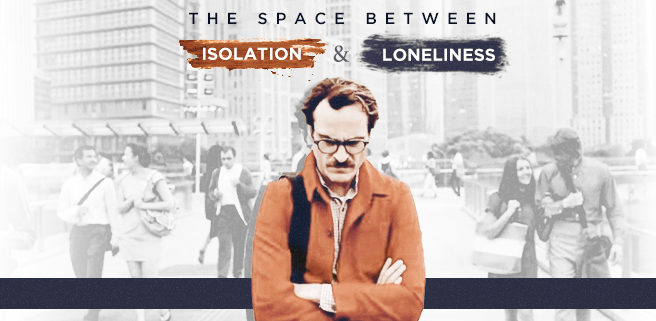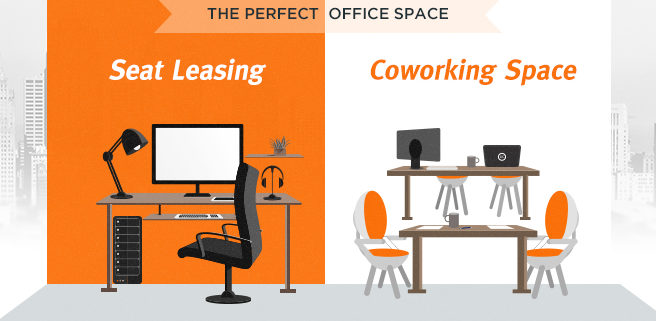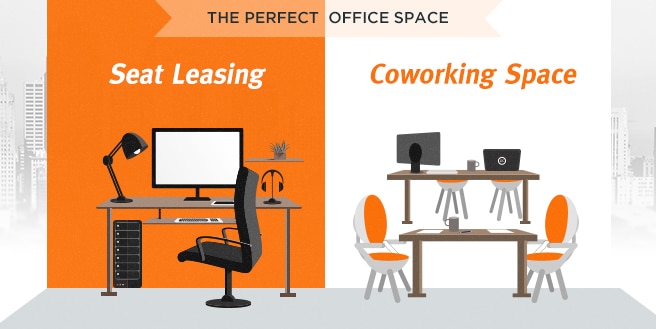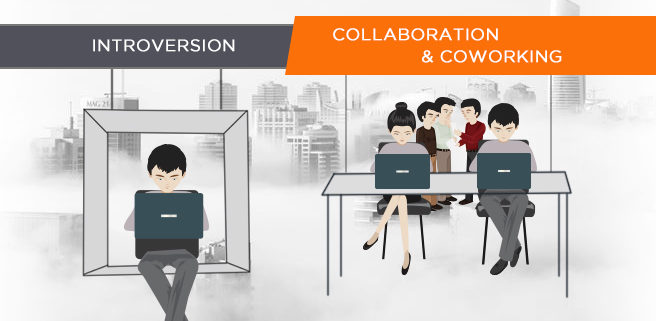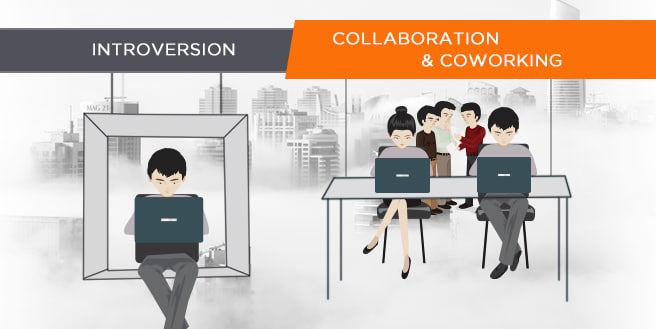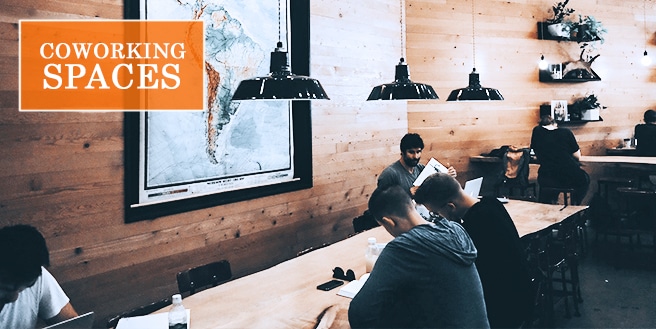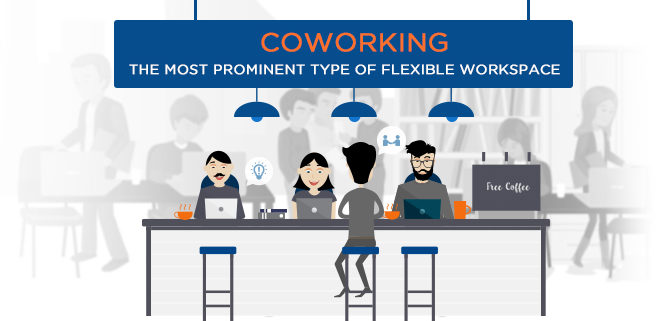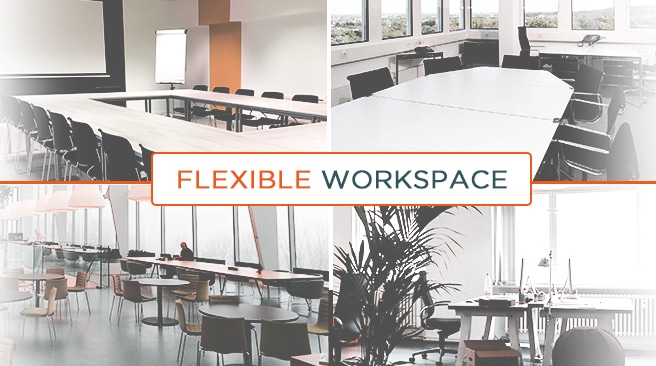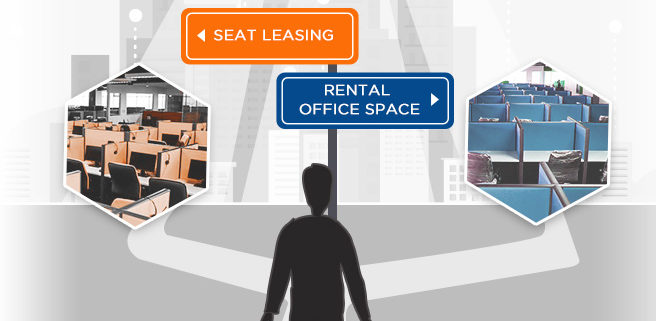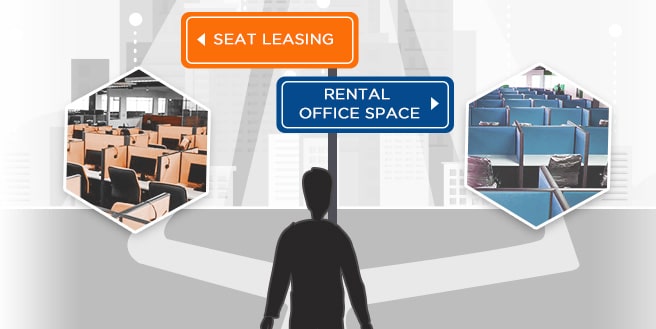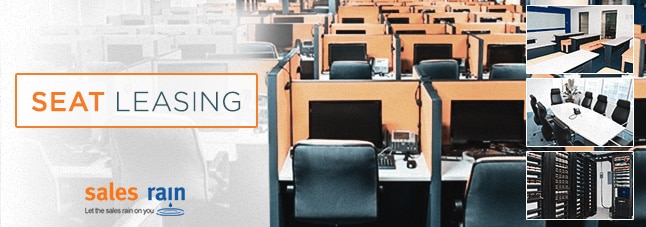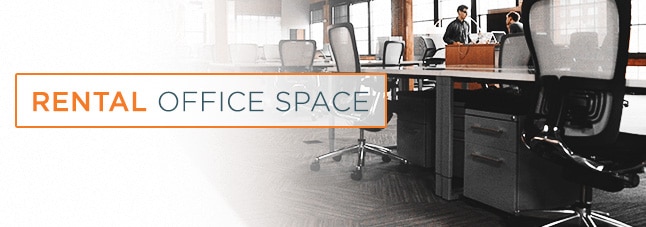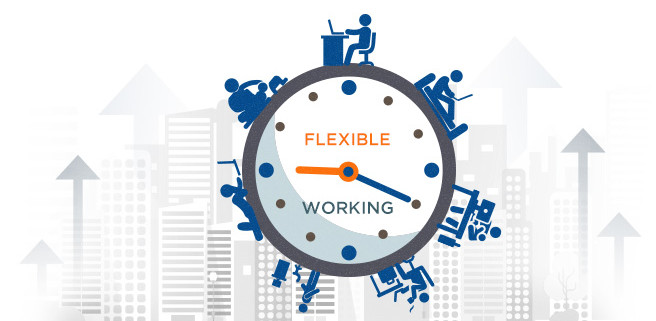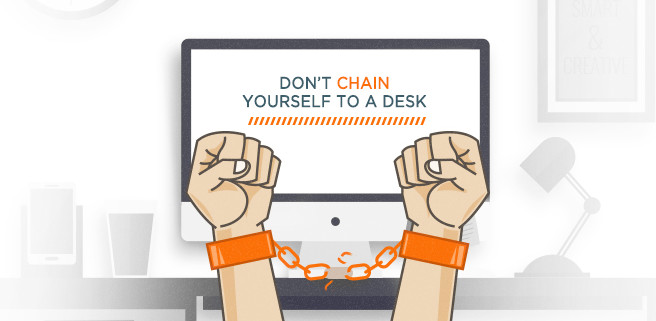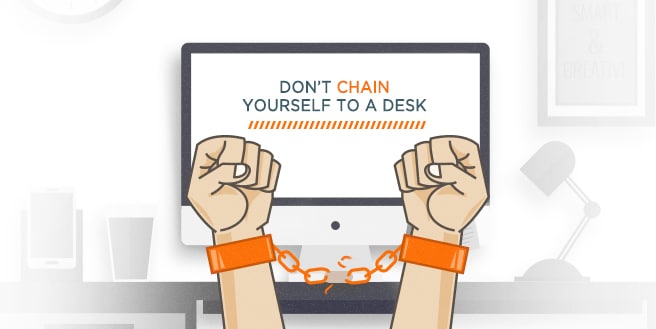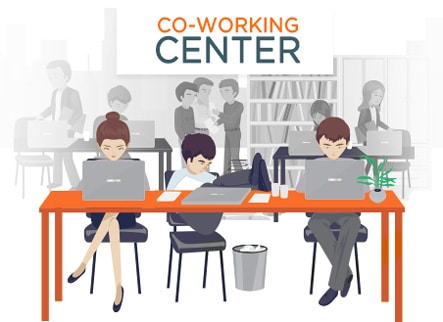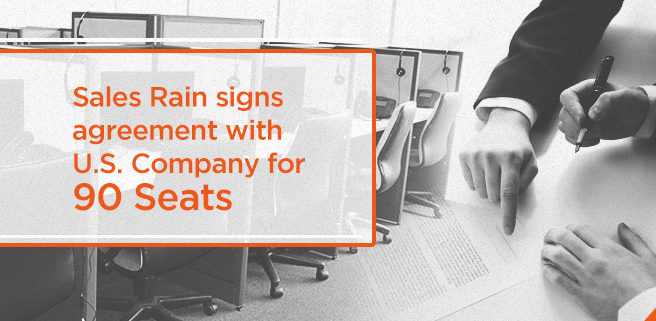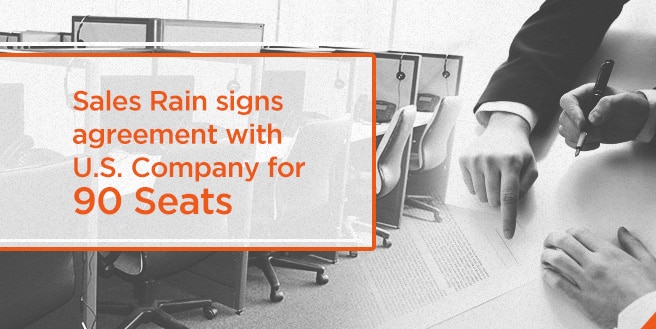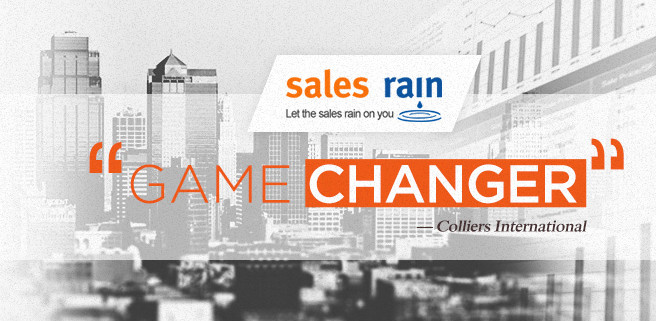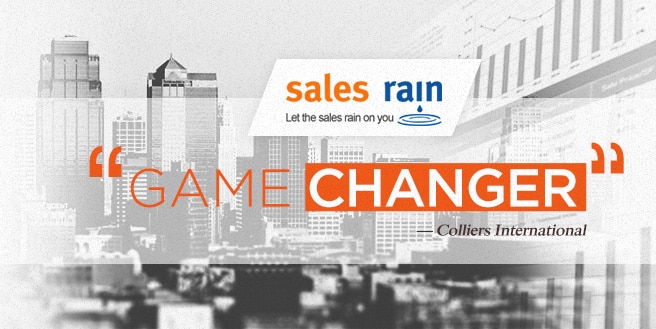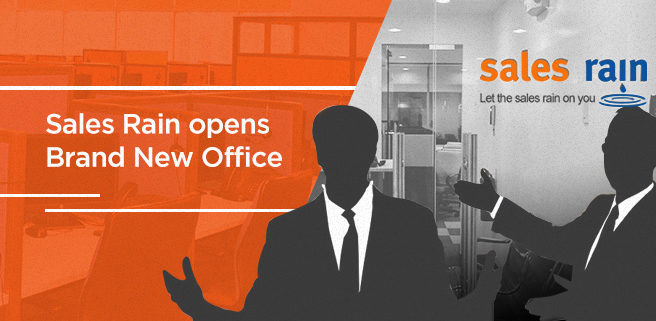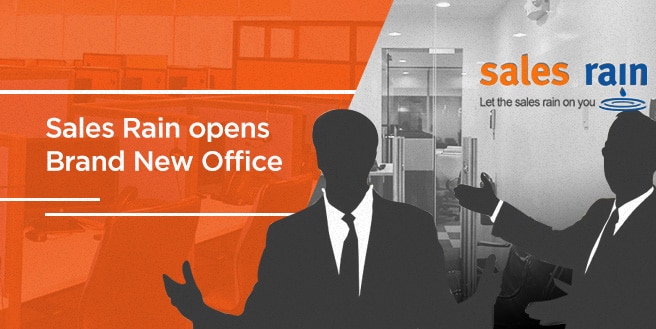The Space Between Isolation and Loneliness
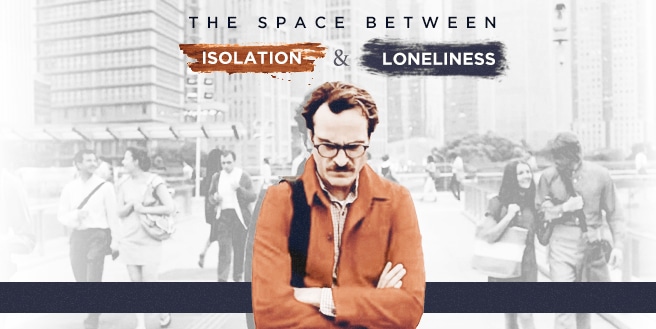
“There is something that feels so good about sharing your life with somebody”
In the 2013 movie Her, a lonely writer named Theodore falls in love with an intelligent operating system named Samantha. And unlike other sci-fi movies, Her hits close to home. What with the uncanny similarities of today’s technology – smartphone devices and wireless earbud – it makes you wonder how long till Siri gains consciousness.
At first sight, you’d marvel at the strange romantic relationship between the two characters have and how dreamy the experience must’ve been to have such a special connection with anyone, or anything for that matter, but underneath all the poetic dialogue, lies a premise that’s too strong to ignore.
No, it’s not the feeling of fear that the time Theodore is in probably isn’t that far from happening. And no, it’s not the creepy premise of a man falling in love with an operating system – though that sounds atrocious itself.
It’s this: the isolation and loneliness we all share and our vain attempts of fulfilling that craving with technology.

A derivative scene from the 2013 movie Her, distributed by Warner Bros. Written, directed and produced by Spike Jonze.
Samantha was customized to fit the needs of Theo , almost as if her algorithm was made for lonely men. She can sense his sadness and acts to mends it. Yet in the end, it still doesn’t work out. Because Theo’s feelings, even if it looks like an arithmetic problem to Samantha, can never be solved by ones and zeroes.
With the emergence of technology sitting right in our pockets, we turn to them for the instant feedback they give and soak up the momentary, fleeting moment of satisfaction that we get. A smartphone might create an output that can easily fit our needs with the data we give to them but it’s still no match to the depth of human interaction.
Emotions are emotions. They are subjective and intangible. You can’t use algorithms, codes and math equations to solve isolation and most specially loneliness.
The Reality
What makes Her even more relatable other than the technology present, is the isolation Theo and almost everyone in the movie, goes through.
In a recent presentation at the Annual Convention of the American Psychological Association, research have shown that loneliness could pose an even greater threat to public health than obesity. Other studies have also said that the risks it possess even rivals those of smoking.
Experts believe that loneliness alone can lead to a dozen of issues like sleep deprivation, increased levels of stress hormones and can aggravate the immune systems. Any of the aforementioned harmful effects can put people at a much greater risk.

To make things a little scarier, they don’t think it’s going away soon. Julianne Holt-Lunstad, Brigham Young University’s professor of psychology says that 42.6 million adults ages 45 and above suffer from chronic loneliness and that this number is expected to rise in the coming decades. The General Social Survey of 2016 have also said that more and more people are feeling tired and lonely at work, saying that burnout at work isn’t just about exhaustion, but loneliness as well.
Downsizing
Though it is important to note that strategies for curing or reducing loneliness can vary among one another, social interaction is one of the best ways to downsize its negative impacts.
According to Holt-Lunstad, a person can reduce loneliness by taking a more proactive approach to socializing by putting down smartphones and planning get-togethers instead of lazily scrolling through your Facebook news feed. An increase in daily face-to-face interaction has been seen to reduce loneliness in most cases.
More and more freelancers and young professionals are turning towards a new kind of office space – one that fosters a healthy dose of isolation and social interaction.

Behind Coworking Spaces’ success is the increased social interaction it offers to its members. Made for workforces from different industries, coworking spaces gives its members the freedom to interact and collaborate, socializing isn’t forced and members can choose when and how they communicate with others. It creates a place wherein an individual joins as a ‘me’ and becomes part of a greater ‘we’.
In the end of the movie, Samantha leaves Theo, along with the other OS’s in the hopes of becoming more than what they are made for. While Theo goes to his close friend Amy, whose own OS left as well, for comfort.
Though a pyrrhic victory – learning a lesson by having his heart broken – Theo’s connection with Samantha was necessary for him to re-evaluate his view of where to find love and to learn the importance of social interaction.
Moral lesson? Don’t wait until an operating system breaks your heart to force you to socialize. Join our community now!

